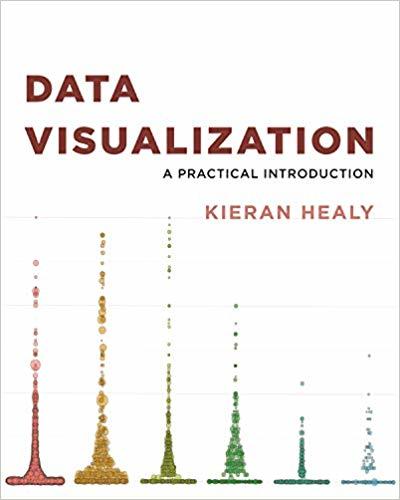What do you think?
Rate this book


272 pages, Paperback
First published December 18, 2018
My main goal is to introduce you to both the ideas and the methods of data visualization in a sensible, comprehensible, reproducible way.Well, mission accomplished. The book is at once enormously readable, and sufficiently technically detailed as to make it easy to implement the principles introduced.